Affiliate links on Android Authority may earn us a commission. Learn more.
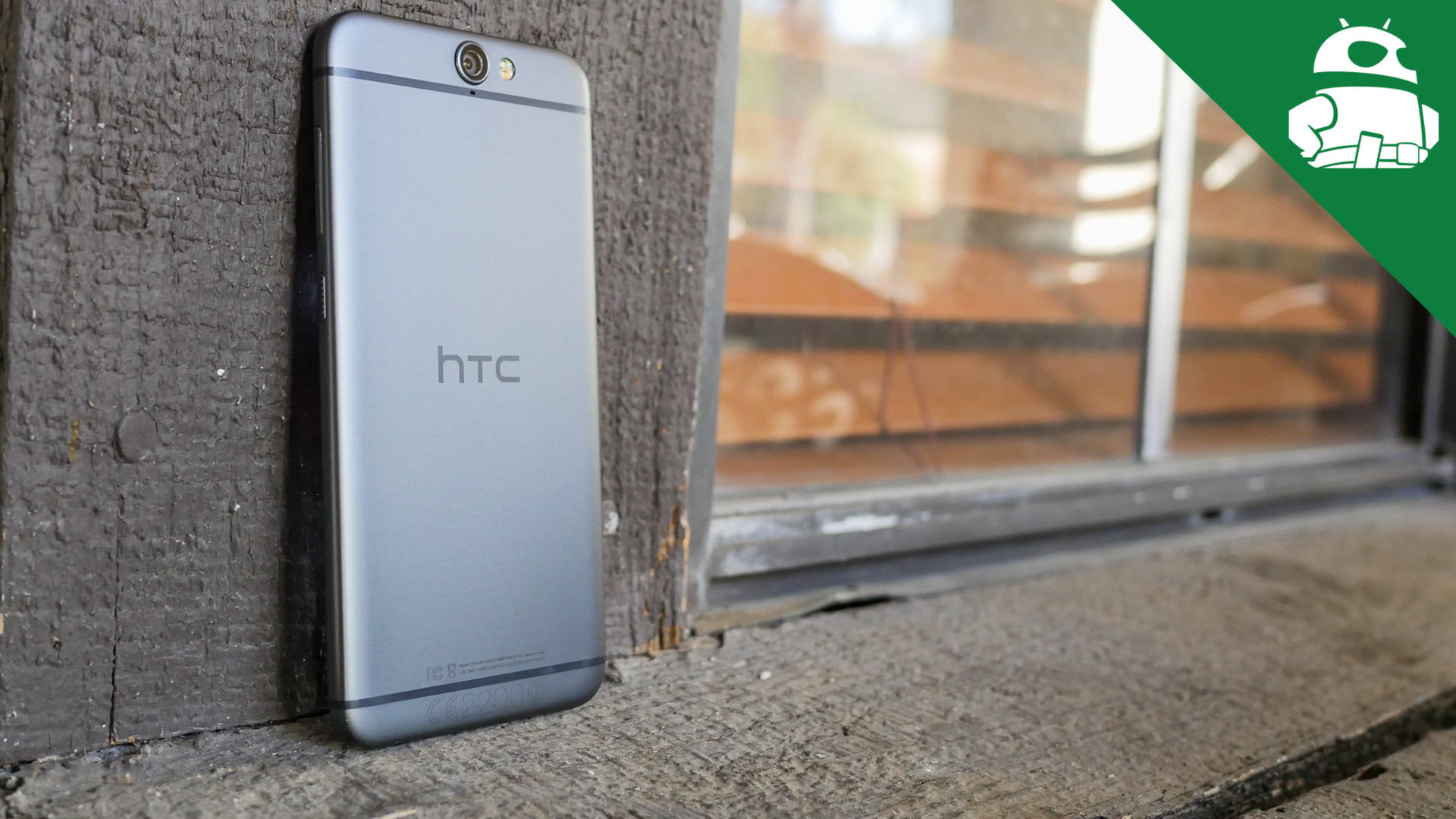
HTC One A9
What we like
What we don't like
Our scores
HTC One A9
(The One A9 was originally reviewed on October 27th, but we’ve republished this review due to the arrival of the handset in the US.)
We’re used to only seeing one flagship smartphone come from HTC every year, but this year is different. The Taiwanese company launched its One M9 flagship back in March, and now we’re getting a new handset that’s quite different, yet oddly familiar.
The One A9 is HTC’s latest flagship, and so far this device has been causing quite the stir. It may not have the best internal specifications on the market, but the company thinks the affordable price point and all-around great user experience will make up for that. With its all-metal design, solid software experience and fast fingerprint reader, the One A9 certainly brings a lot to the table. But does it stand out enough from the competition? We aim to find that out, and more, in our full review of the HTCOne A9!
[related_videos title=”HTC in video” align=”center” type=”custom” videos=”650307,636781,624837,596131″]
Design
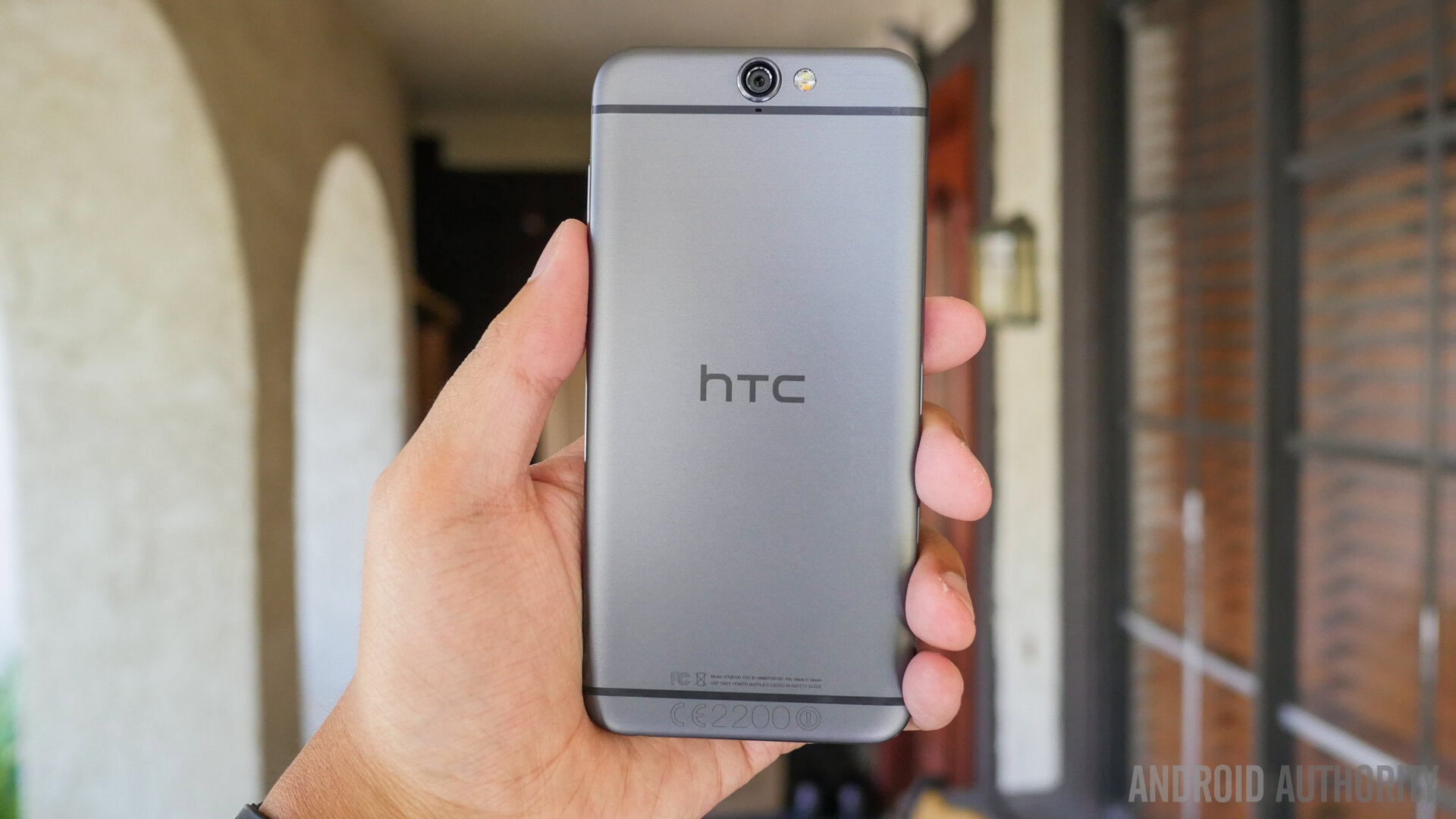
The One A9 comes with an all-metal unibody design like the rest of HTC’s One family, but the similarities pretty much stop there. It has a smaller body than what we’re used to seeing on HTC phones, but that’s not a bad thing at all. In particular, the One M9 and M8 were a bit difficult to hold due to their larger construction, but we haven’t experienced those problems with the A9. It has rounded sides and corners, along with a panel of 2.5D glass on the front that make this device a pleasure to hold.

The 5.0-inch display also helps in the handling department, which makes it perfect for one-handed use. The power/standby key and volume rocker sit on the right side, opposite of the SIM and microSD card slots on the left. All of the other ports (Micro USB and 3.5mm headphone jack), as well as the speakers, are found at the bottom of the device.
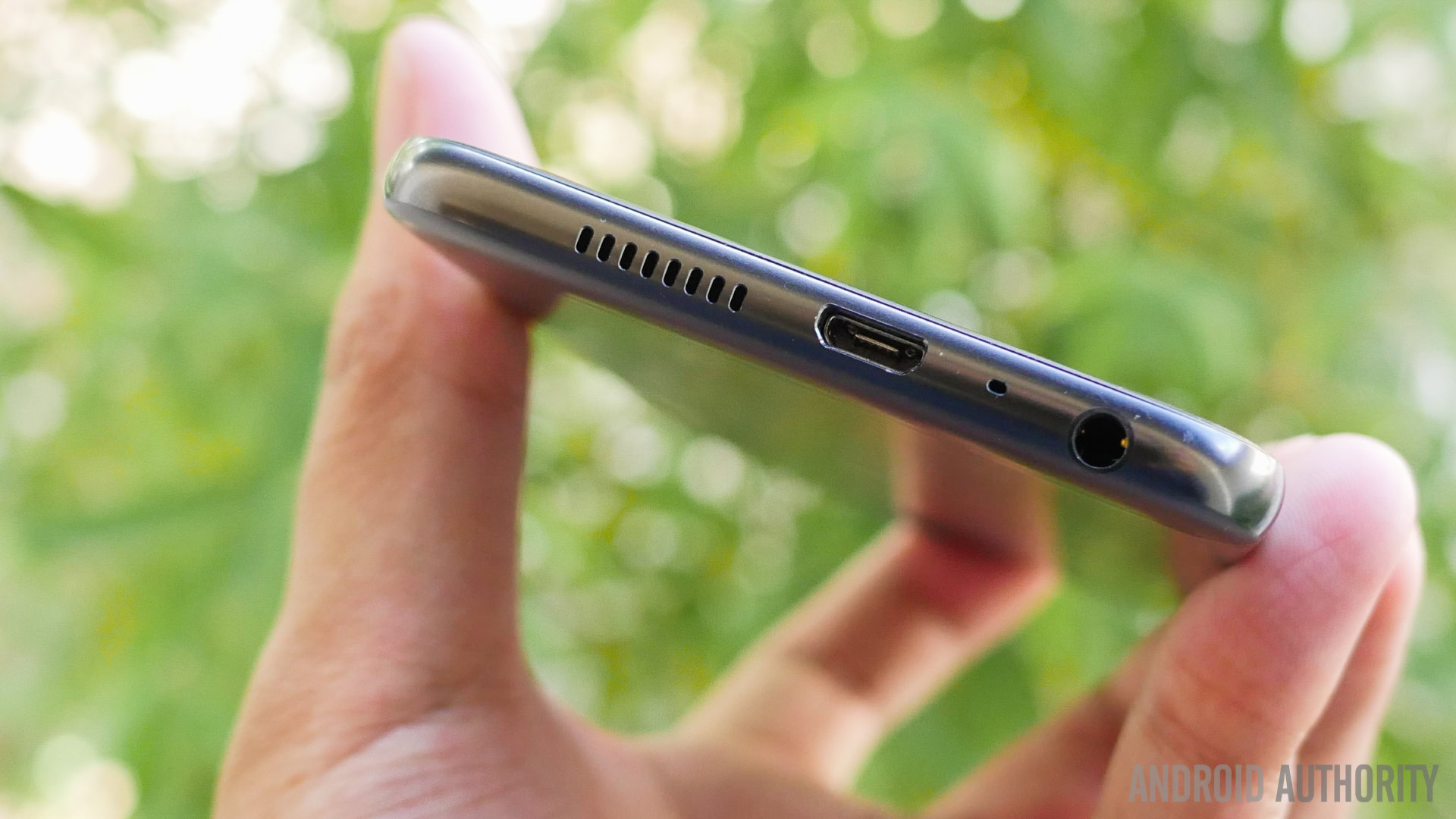
This is an odd move for HTC. This company has received a ton of praise over the years for its inclusion of front-facing BoomSound speakers, and those are absent on the One A9. Instead of front speakers, we get a recessed fingerprint reader below the display, which can also be used as a home button if you so choose. Also on the front of the device sits an UltraPixel camera above the display. The back of the phone is quite bare. HTC’s logo sits in the middle of the device, and the company’s new camera package can be found dead center at the top.
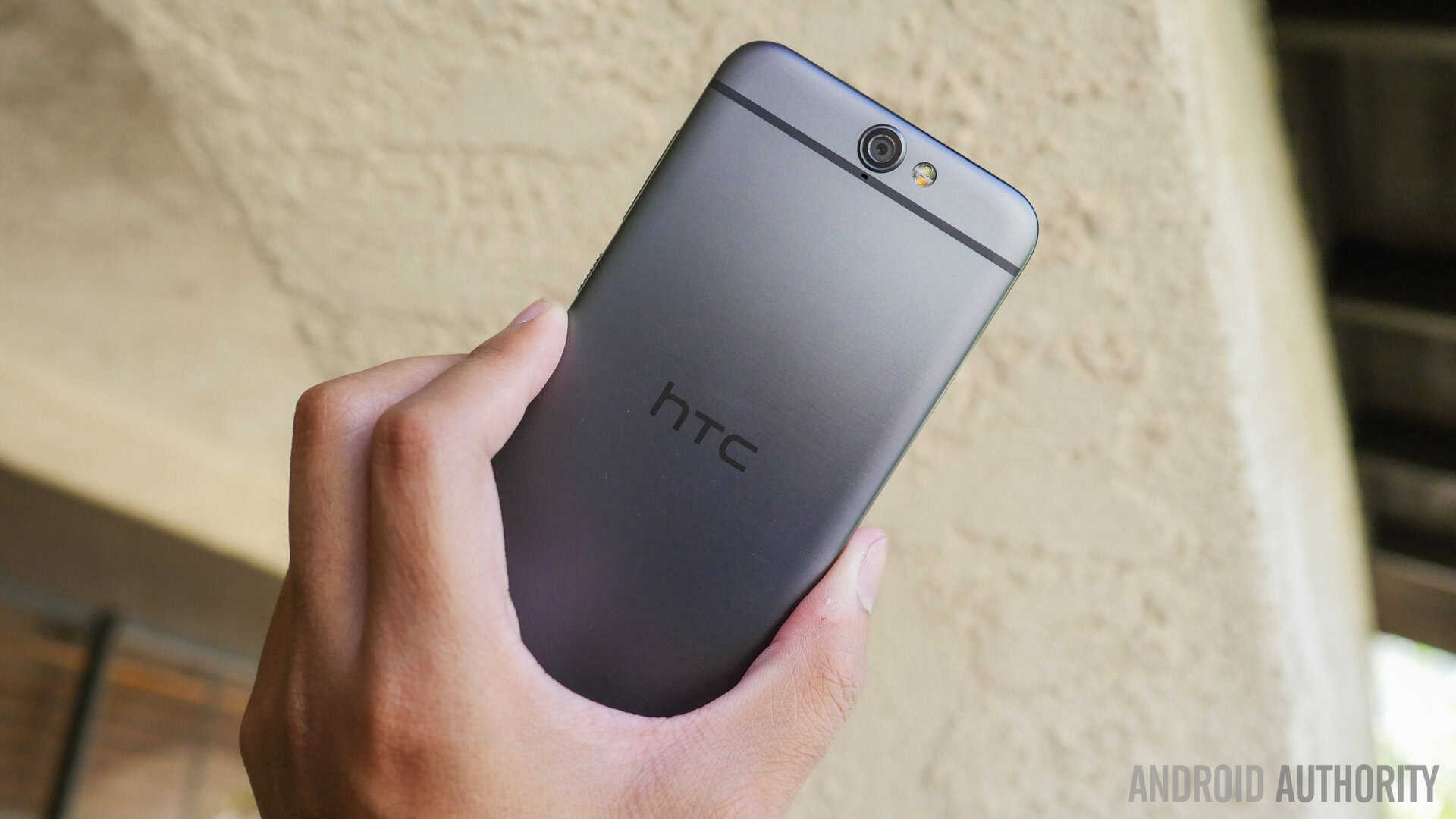
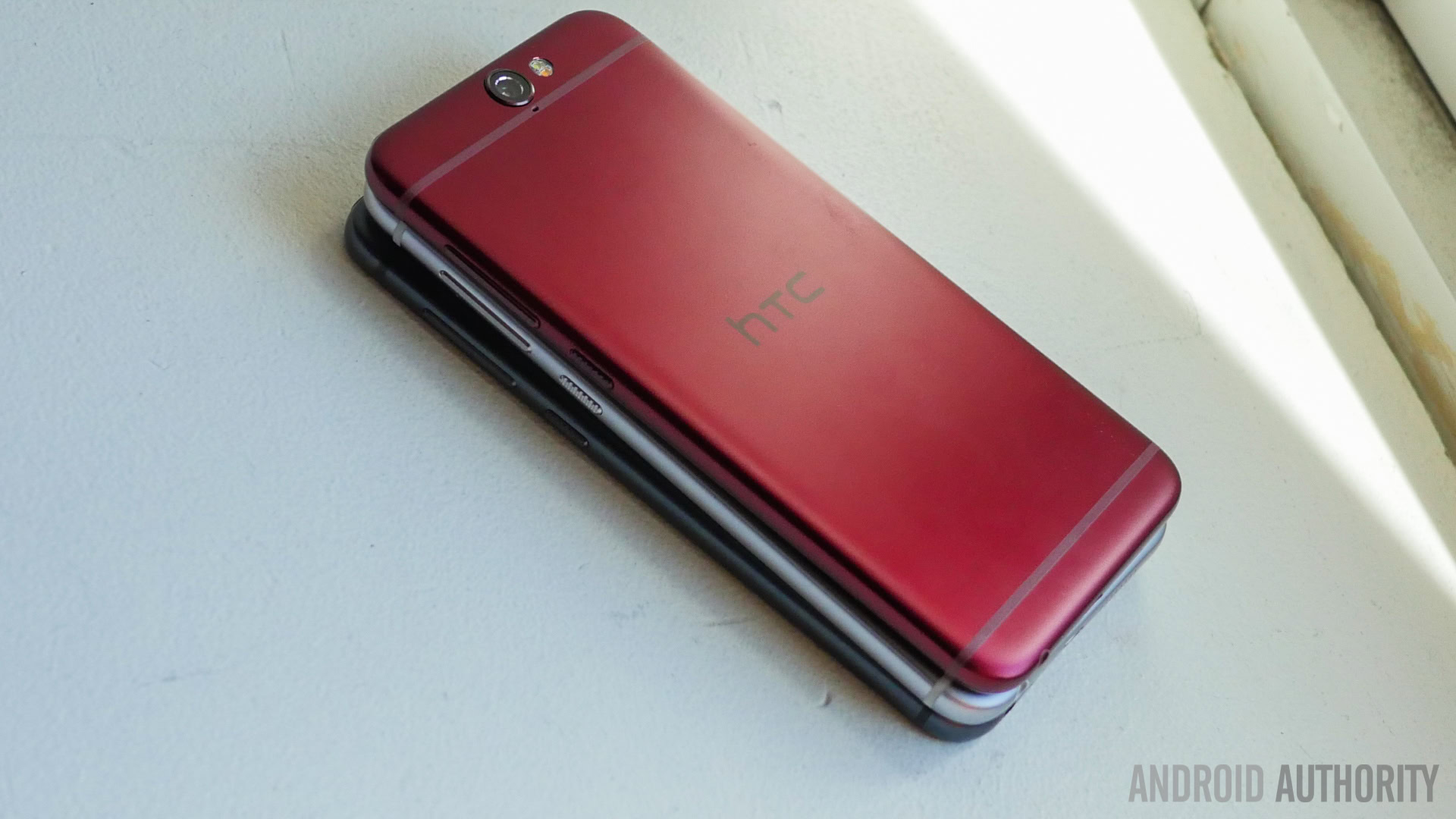
Alright, alright – let’s talk about the elephant in the room here. The HTCOne A9 looks like the iPhone 6. Really, it does. Many folks would say that HTC’s main source of inspiration comes directly from Apple, but HTCwould rather tell us that they were the first company to make all-metal smartphones popular. This isn’t enough to reconcile what will be an incredibly familiar design for most users. But consider this: even though we have some really attractive smartphones out there, none have had the same feel of the iPhone, and some users actually want those worlds to collide.
What we have with the One A9 is the closest thing to an Android-powered iPhone that we can possibly get, and there might not be anything wrong with that. Sure, some people won’t like it, but others will, and HTCis trying to get those users to buy its new smartphone.
Display
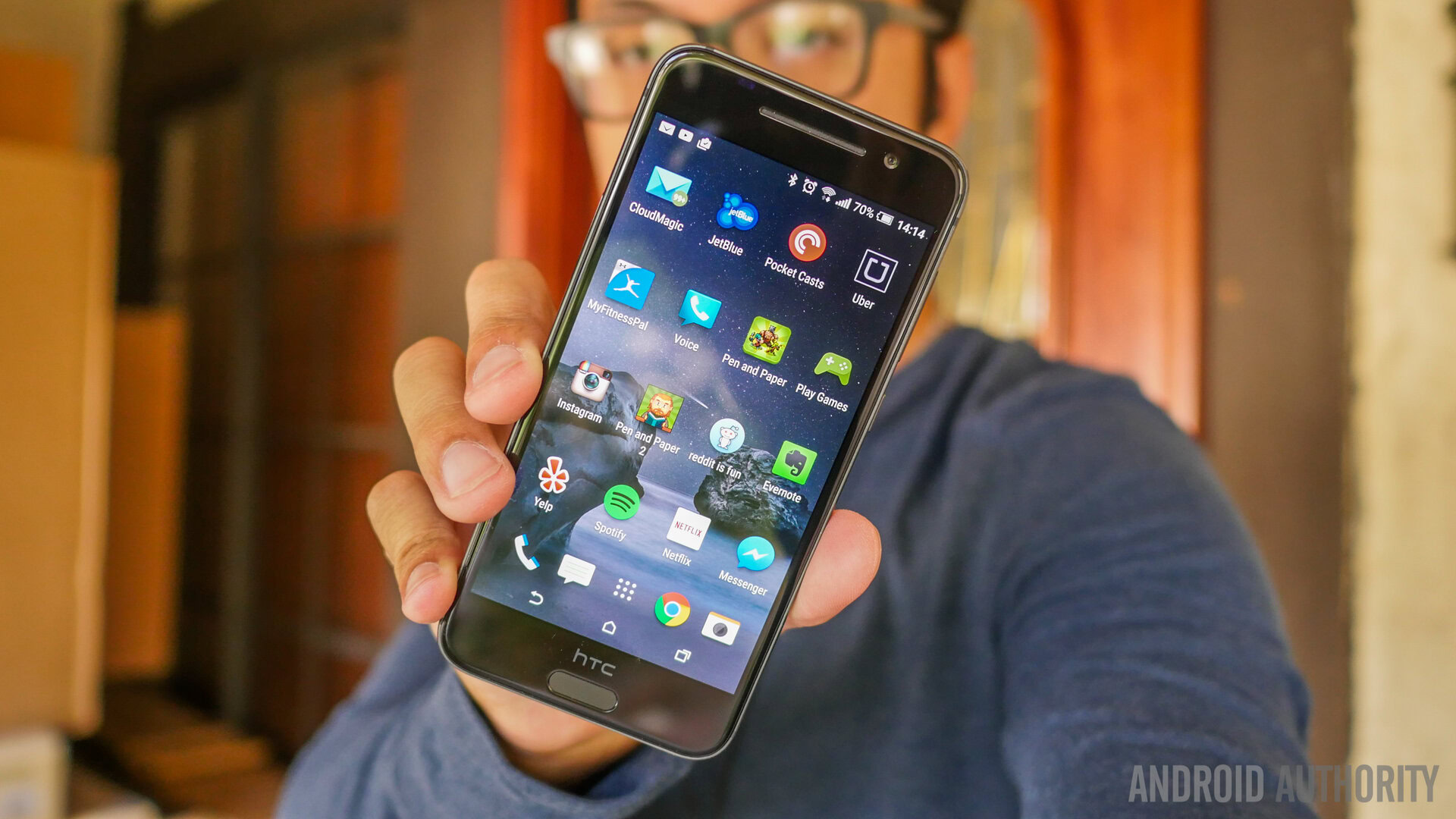
HTC chose to include a 5.0-inch display on the A9, which is great news for those who value one-handed usability in a smartphone. It’s an AMOLED panel, toting a resolution of 1920 x 1080. No, it’s not the most crystal clear display on the market, but it’s plenty good enough for most users out there. The colors benefit from good black levels and contrast, so overall, everything looks a bit more saturated on this panel. Viewing angles are decent in most conditions, too.
Overall this isn’t a bad display by any means, but it does keep the A9 from going above and beyond.
Performance
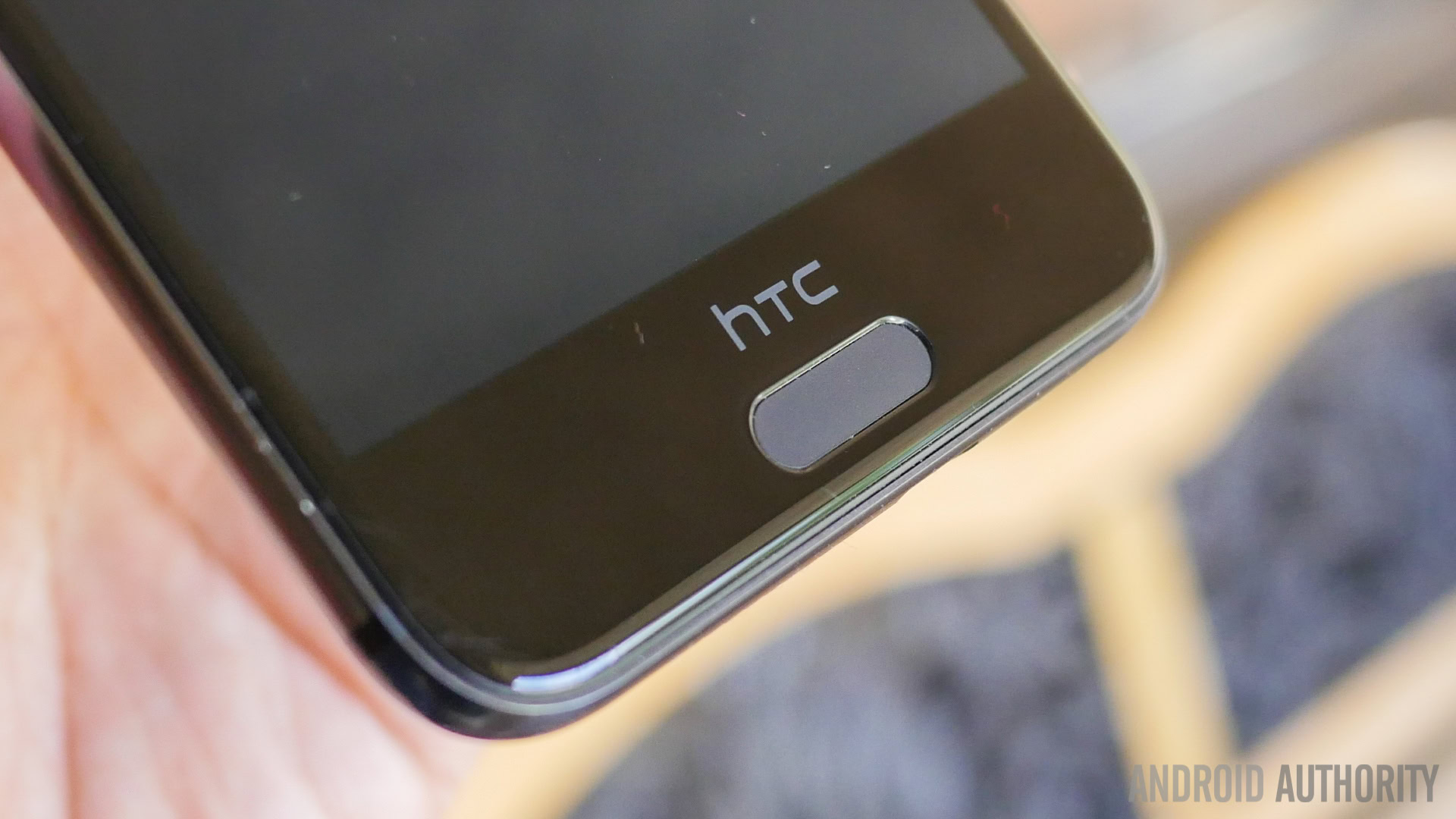
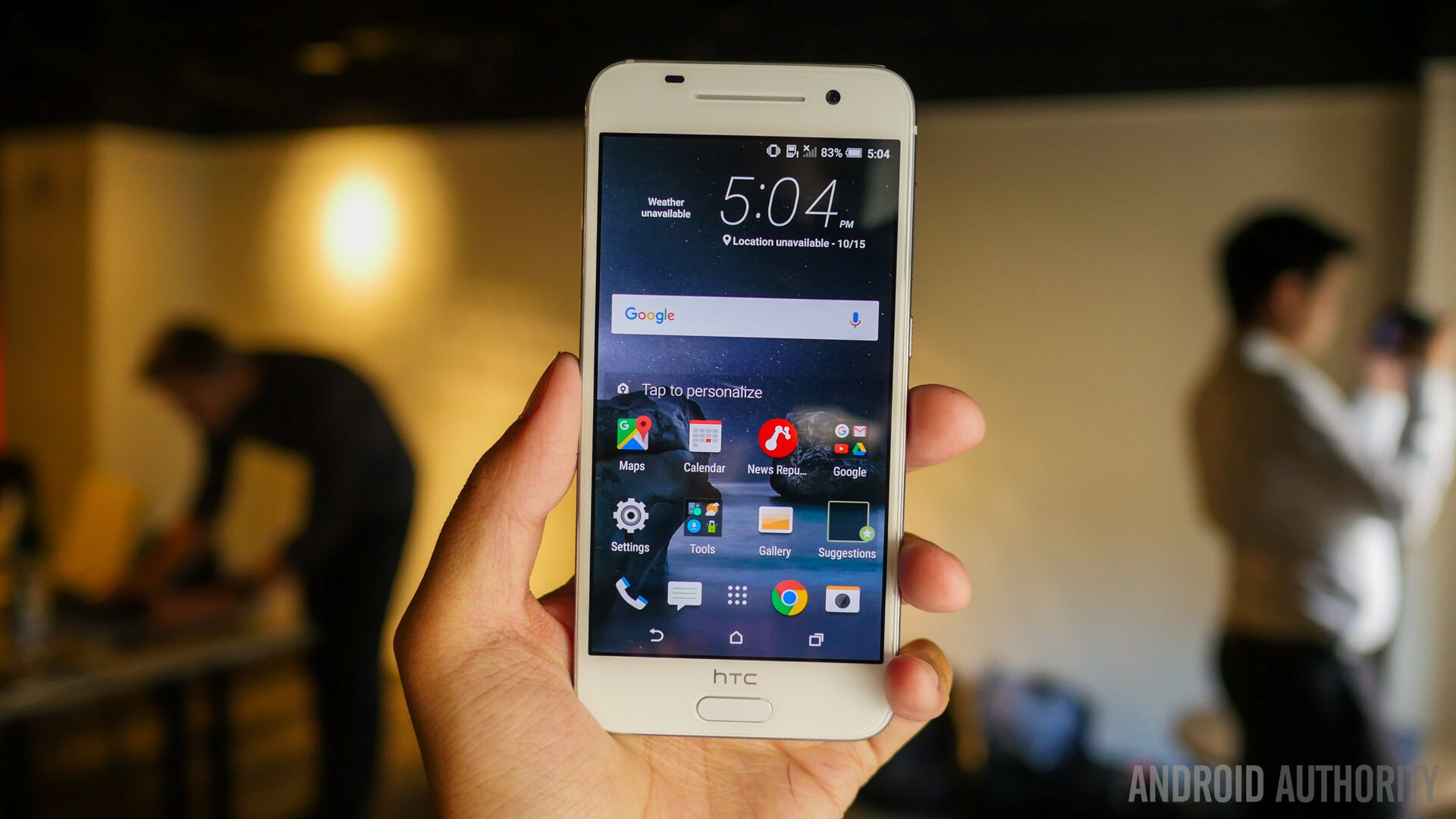
As is the case with the display quality, performance on the One A9 is slightly above average. Though it may have been released fairly recently, Qualcomm’s Snapdragon 617 processor definitely doesn’t go quite as fast as its 800 counterparts. The 3GB of RAM in the 32GB storage model really help the device with opening up applications, though the slower speed of the 617 is hard to overlook at times. Apps take a noticeable bit of time to load. And when certain tasks are operating, such as GPS navigation, the phone gets much laggier.
Still, for typical daily tasks, it hasn’t been unbearably slow – just slow enough for us to notice that it isn’t as fast as other flagships on the market.
Hardware
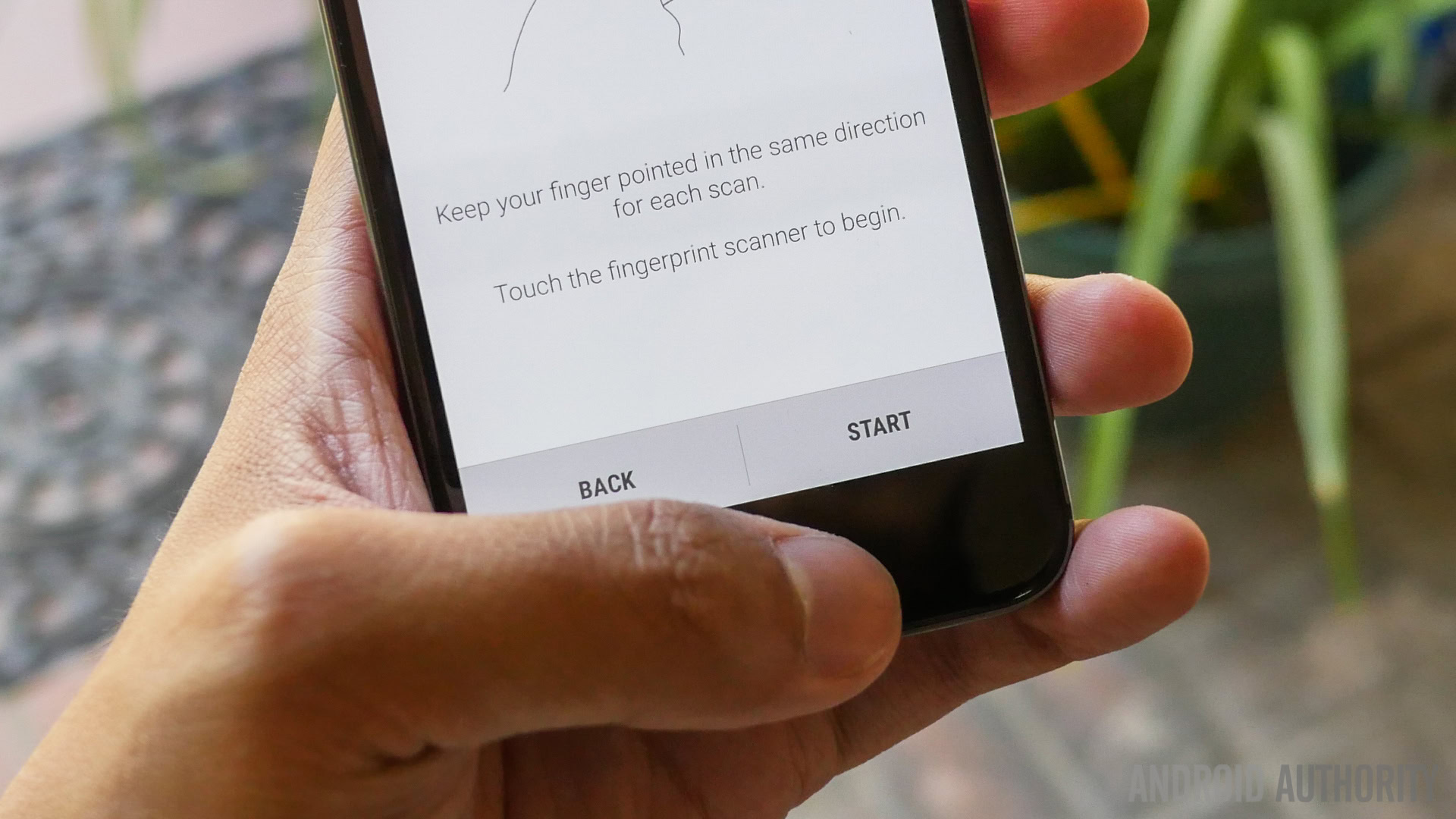
The display and performance aspects of the device have been closer to the mid-range standard, but that’s not necessarily the case for the hardware section. For starters, HTCdecided to include an all-new fingerprint reader, mounted on the front of the device underneath the display. It works pretty well, even if it seems a bit tacked on.
Even though the fingerprint scanner easily wakes the phone and unlocks it by leaving the thumb down, it’s also an added feature atop previous HTCunlocking methods. Remember the Sensor Suite originally announced in the HTCOne M8? It allowed for the phone to go straight into specific areas with taps and swipes after the phone knew it was brought up for usage. Now, because the fingerprint reader is there, it is the wall that prevents all of these extra unlocking methods from being used. That also doesn’t include the fact that it can be a home button, without any capacitive keys accompanying it. Soft keys are still used, so using the reader as a home button takes some getting used to – and fiddling between the two, we’ve found to be really common.
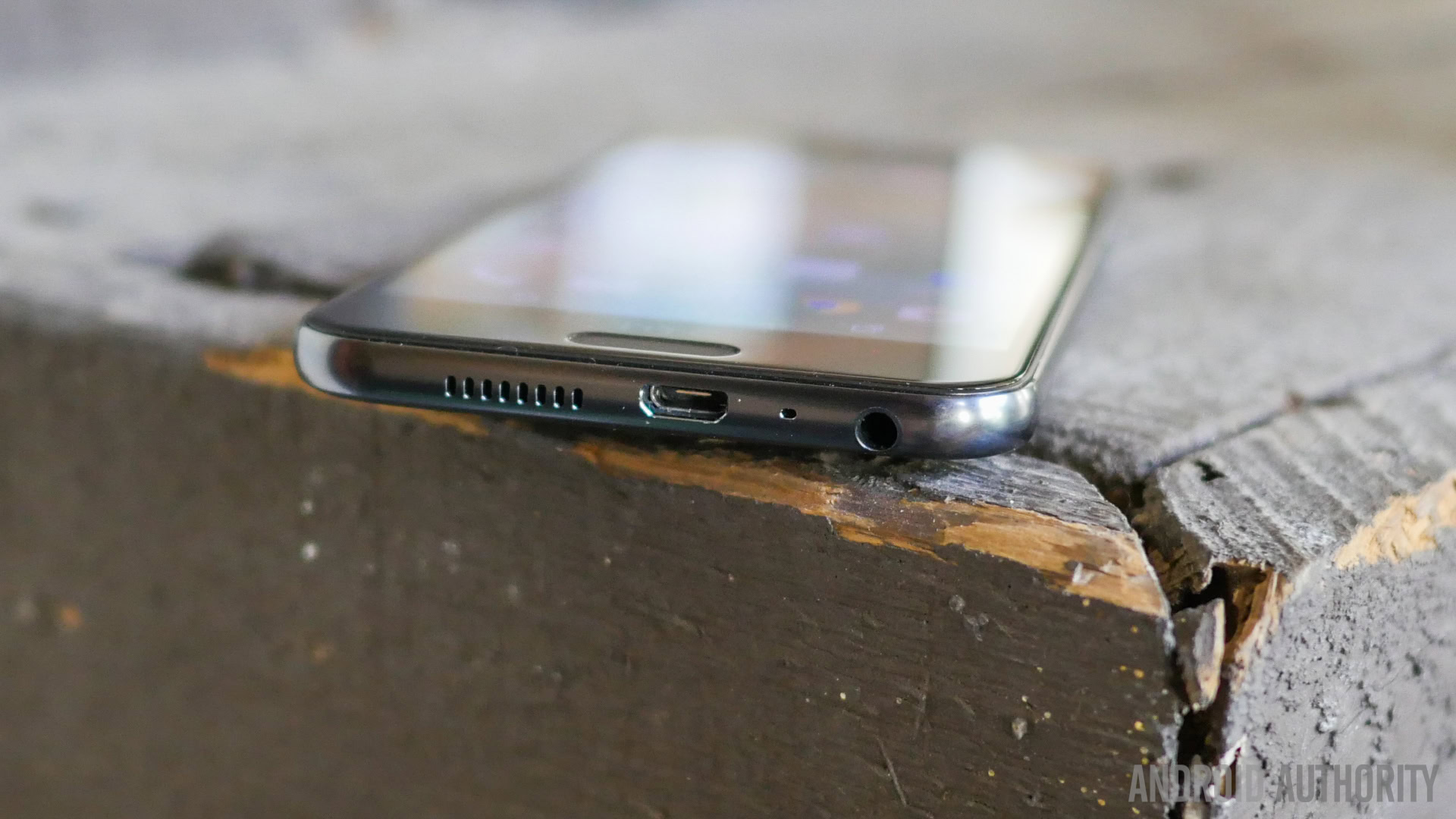
Of course, there is also the omission of BoomSound speakers due to the addition of the fingerprint reader. This is a pretty bold move for the company, as one of its most-recognized features isn’t here anymore. Sound, thus, gets a big downgrade with the bottom-mounted unit. It certainly doesn’t get very loud at all, and it’s safe to say that we miss the stereo audio found in past One devices.
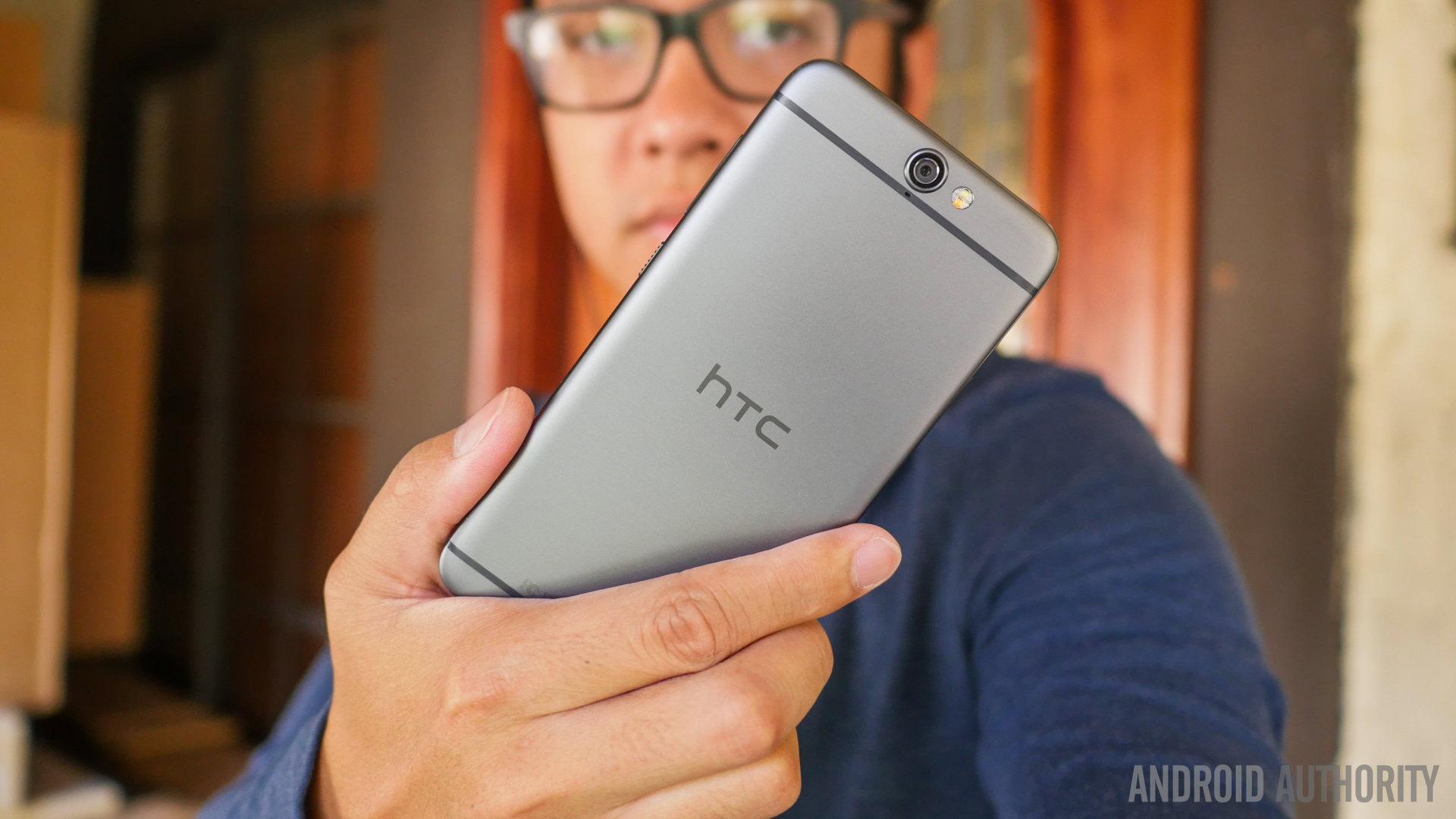
Storage options with the A9 are pretty standard, with the option to choose between 16 or 32GB variants. It should be noted that the 16GB model comes with just 2GB of RAM, while the 32GB variant comes with 3GB. We’ve been testing the 32GB model with 3GB of RAM, and we’ve noticed that it gets a little slow at times. So be sure to keep that in mind before making your decision. Both storage variants also come with a microSD card slot that supports expandable memory up to 2TB.
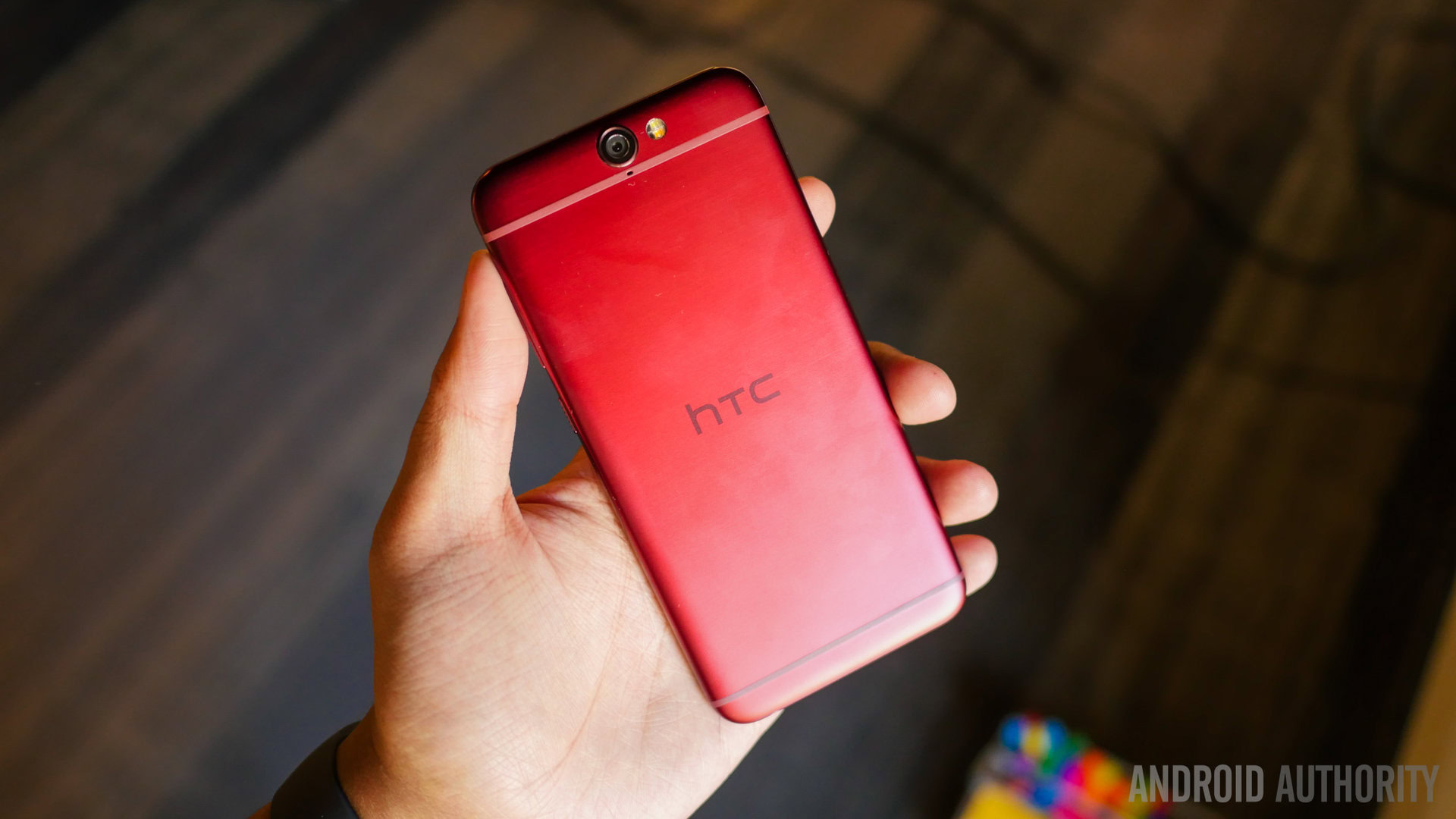
Though our version of the phone is a European SKU and thus only connects to HSPA+ on AT&T, it has been quite reliable in data and voice so far. Voice calls were all pretty good, though we did find that the phone speaker needed a little extra volume in noisier environments.
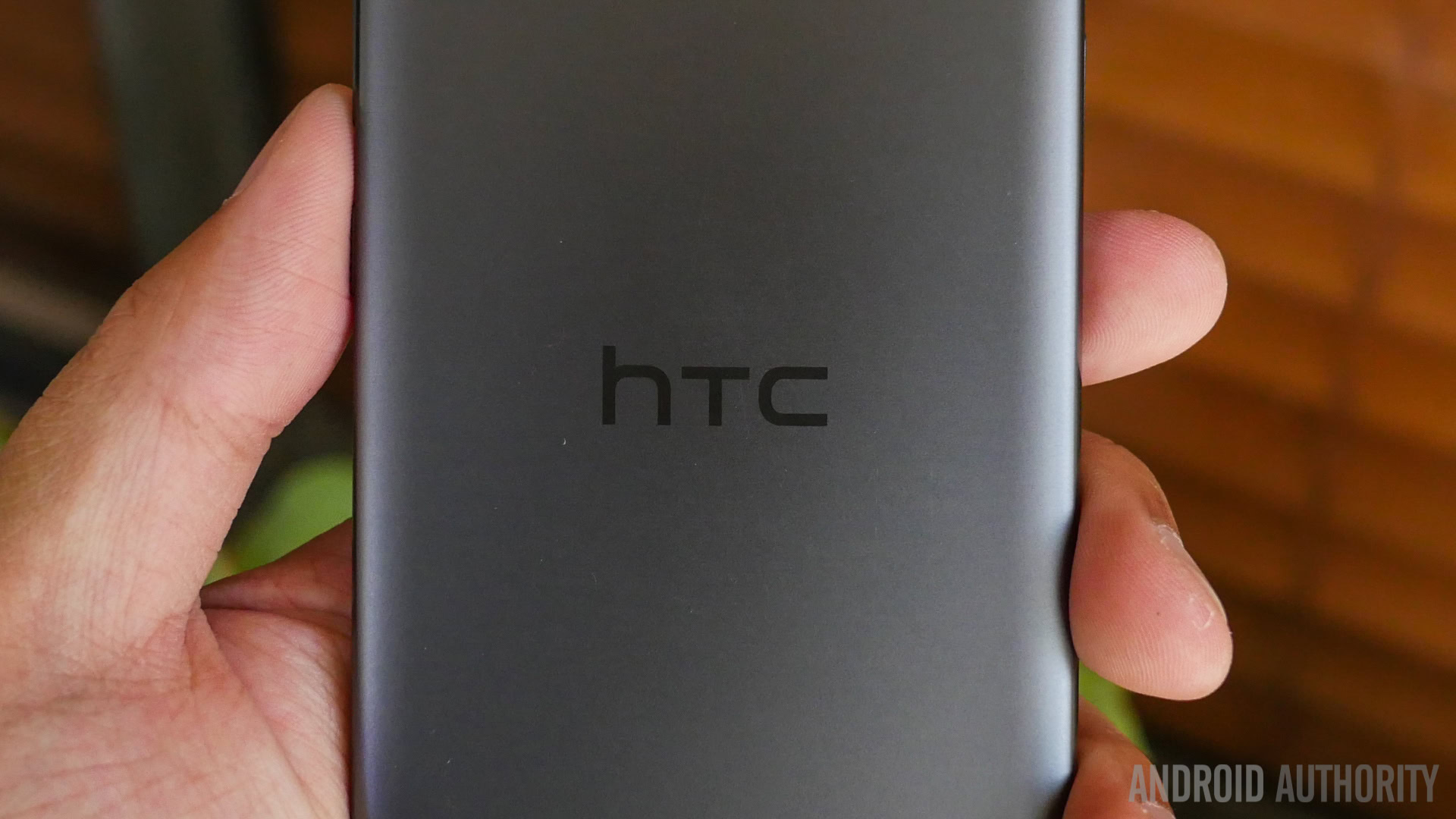
When it comes to battery, the A9 sports a very small 2150mAh unit, and that comes with it some obvious issues. You might be thinking that this is way too small of a battery, but we’d say there are a few things to keep in mind before you make up your mind. The Snapdragon 617 processor does a pretty good job at managing power consumption throughout the day. It’s also Quick Charge 2.0-compatible, so charging is nice and quick. HTCalso says the A9 will get support for Quick Charge 3.0, which is definitely good news.
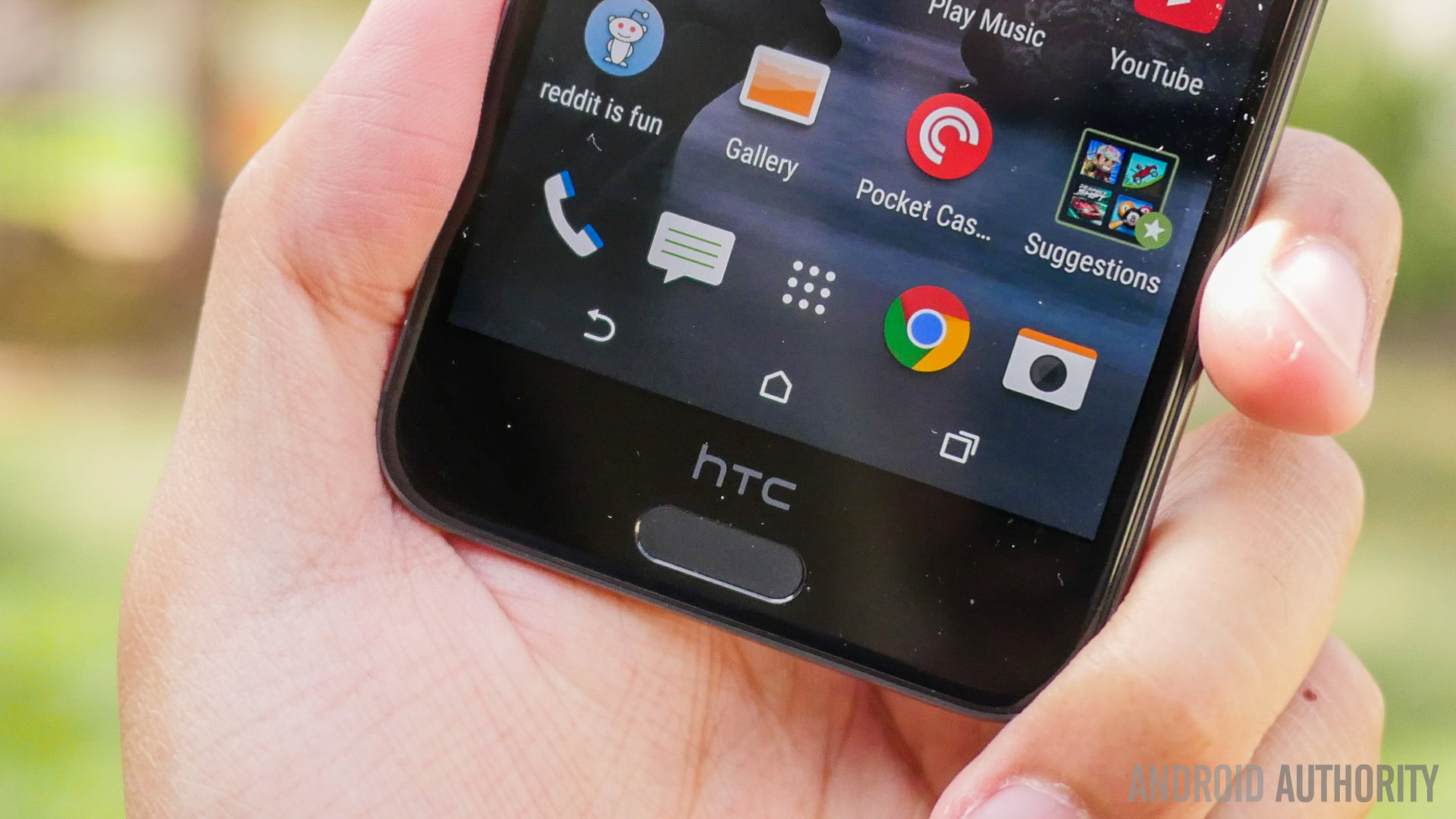
With that said, we had trouble making the A9 last a full day on a single charge. Anything more than moderate usage makes the phone’s battery drain quickly, with screen-on time often not making it as far as 3 hours. Despite the addition of Android 6.0 Marshmallow’s Doze mode, it can only do so much when the phone needs to be left alone in order to up the standby time. Doze is definitely at work here, but as we mentioned, anything more than moderate use doesn’t help the A9’s longevity.
Camera

When it comes to the camera, a few past experimental phases bring what HTChopes is the most effective camera combination they’ve ever put out. The camera experience starts off well with the front-facing UltraPixel shooter. 4MP is what you get here, but it still does a great job flooding in light for great looking selfies. We have to commend HTCfor keeping the UltraPixel camera but moving it to the front, which is definitely the best place for it at this point.
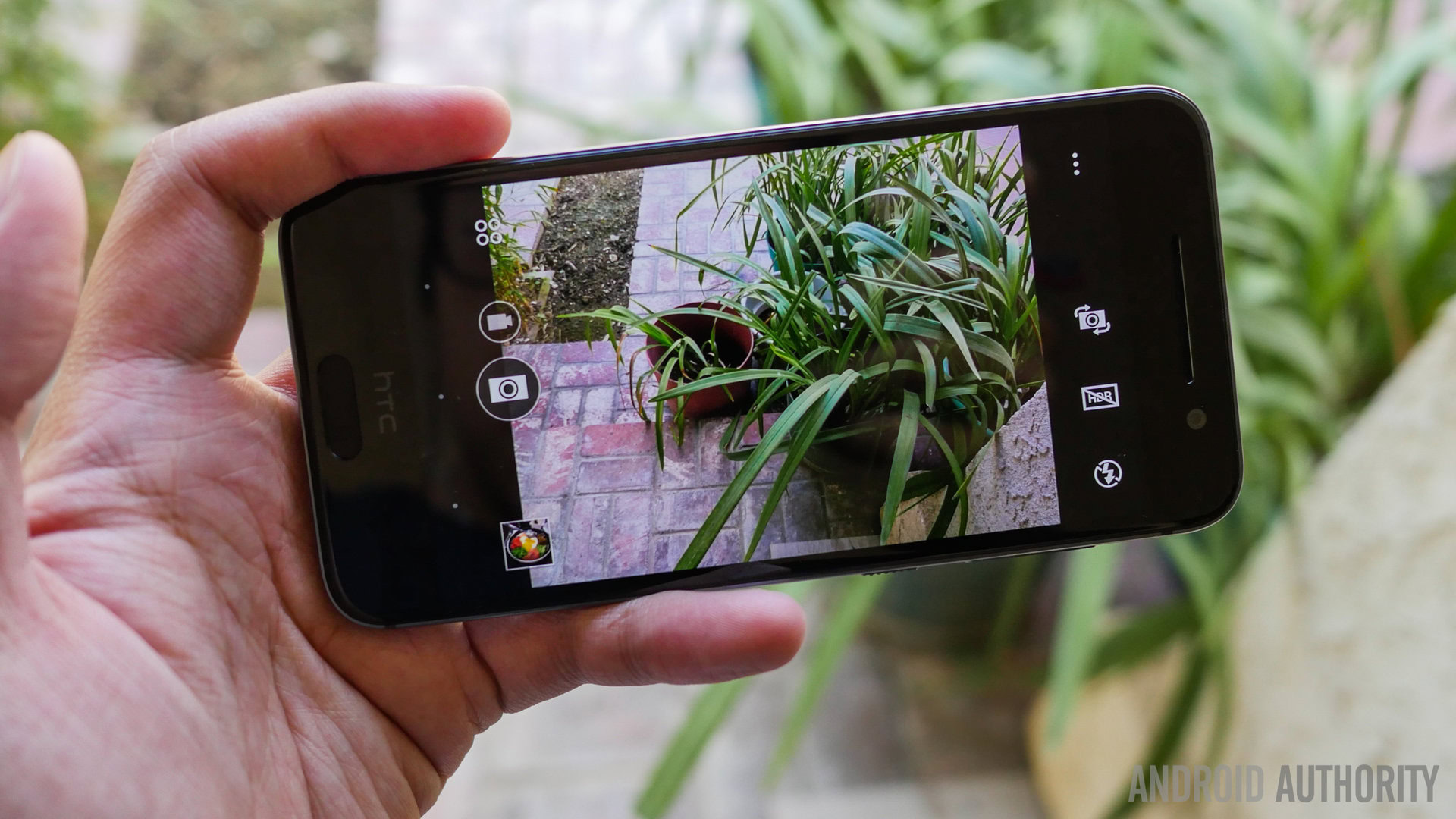
The rear shooter comes in at 13 megapixels with an f/2.0 aperture. Overall, it performs quite well. If you’re still sour from the One M9’s camera, this might be the camera you’ve been waiting for from the company. It isn’t an incredible performer, but it still falls in line with the kind of image processing that we’ve come to expect this year – details are pretty well captured and colors are quite saturated. Low-light performance gets helped by optical image stabilization (OIS), which also helps with video capture. It’s kind of funny to think that we are impressed with this camera simply because we had the previous HTCOne to compare it to. Due to that fact, this camera isn’t necessarily overachieving, but it gets the standard down and shows that HTCis capable of moving up in the image department in the future.
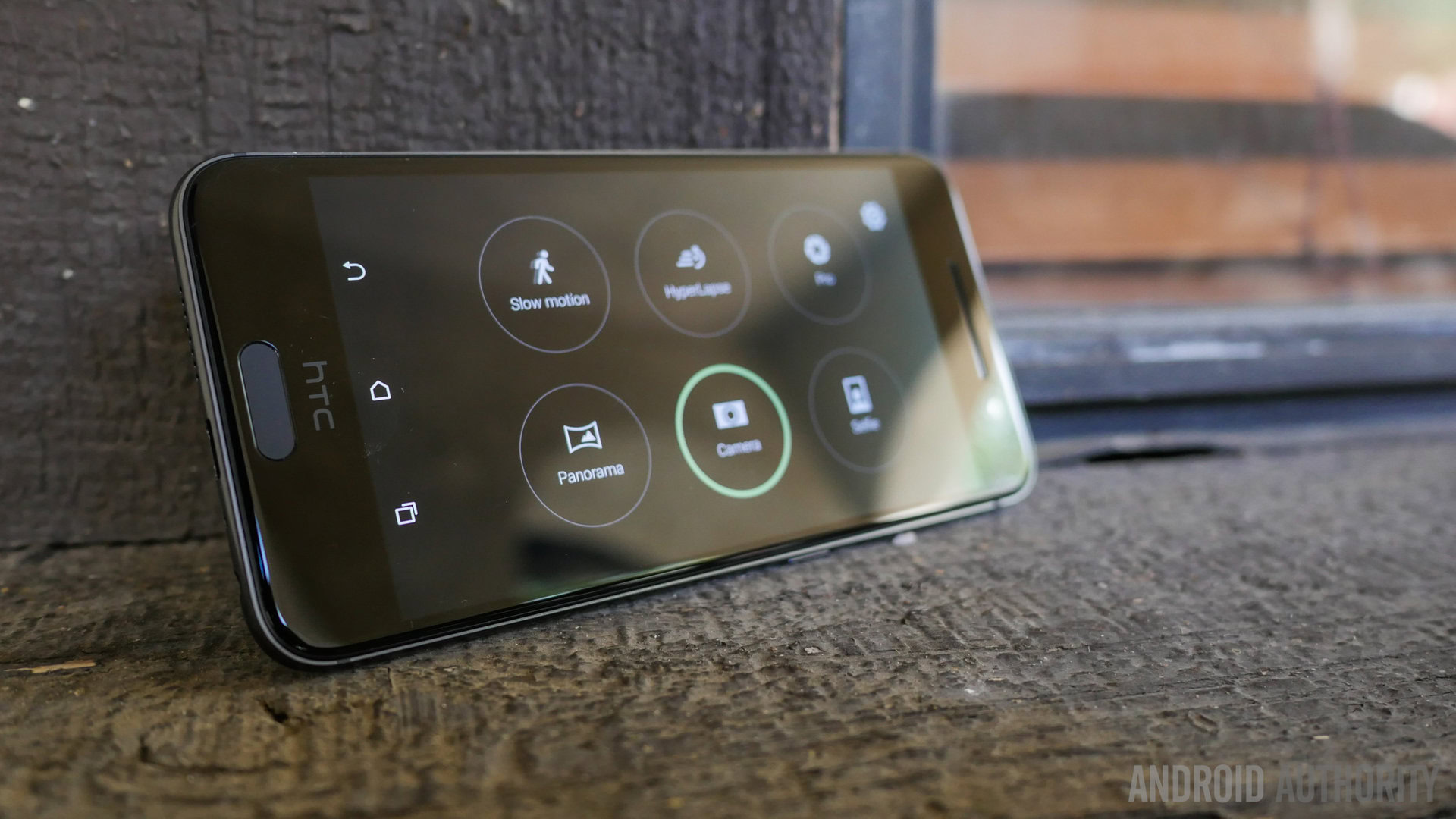
The stock camera app is pretty nice. It has the same Zoe-powered gallery backing it that we’ve seen in past HTCdevices. A number of different modes are available as well, including a new Hyperlapse mode that proved to be pretty fun to use. The Pro mode brings manual controls as well as RAW capture, which help in those situations where the Auto mode just isn’t cutting it. And in terms of HDR, though not auto-capable, adds a pretty good amount of punch and evened out shadows and highlights to photos, though processing time takes a bit longer than we would like.
Software
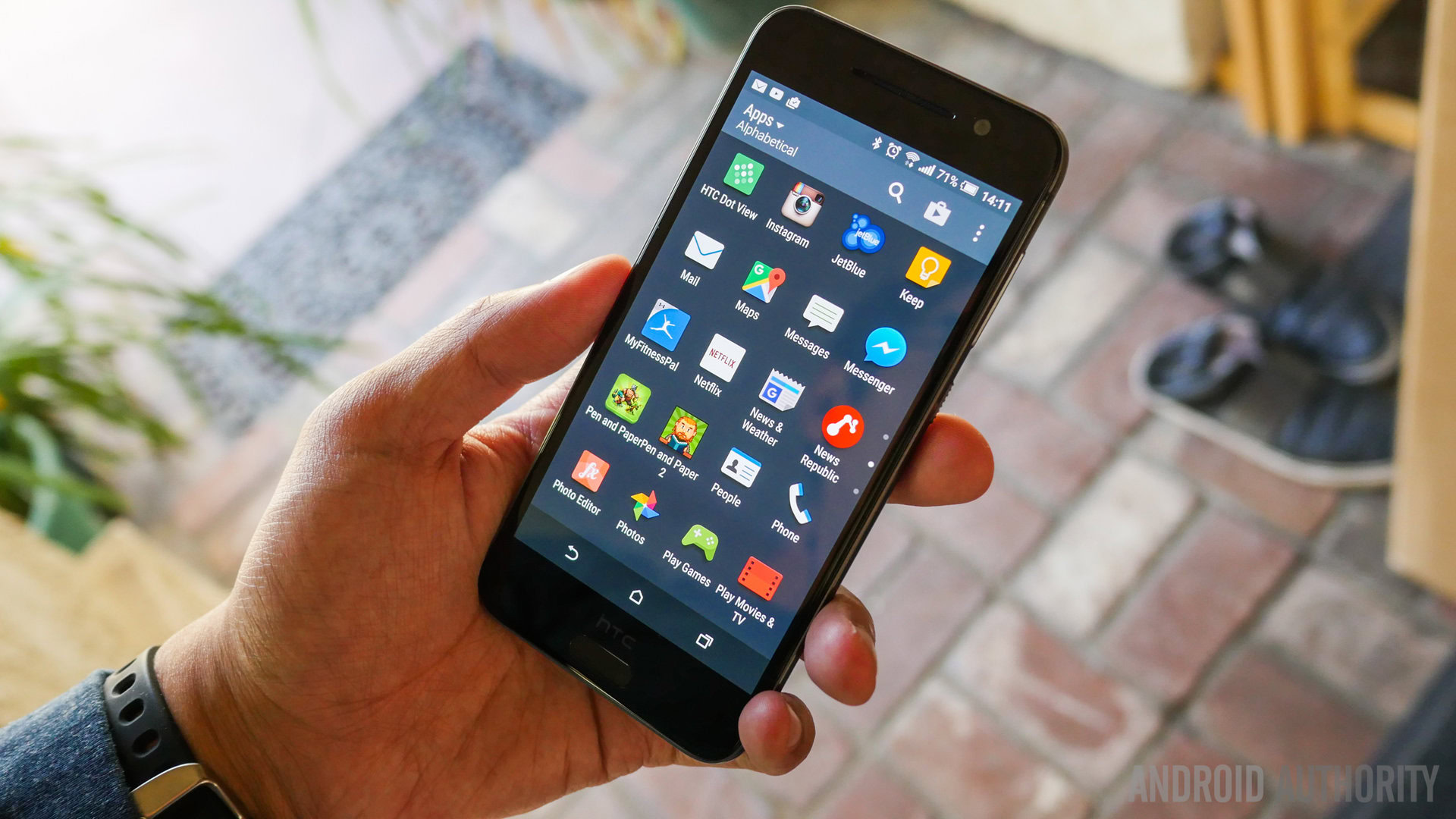
The HTCOne A9 is the first non-Nexus device to feature Android 6.0 Marshmallow out of the box, and it was all due to some close work with Google this time around. Not only is Marshmallow at the helm, Sense is starting to strip down a bit in order to be as close to vanilla Android as it can be, while retaining the familiar HTCSense feel that we’ve gotten used to. That means some smaller customization features are gone, such as adding buttons to the softkey line, Those are pretty minuscule by comparison, though, because Sense is still pretty prevalent in the skin.
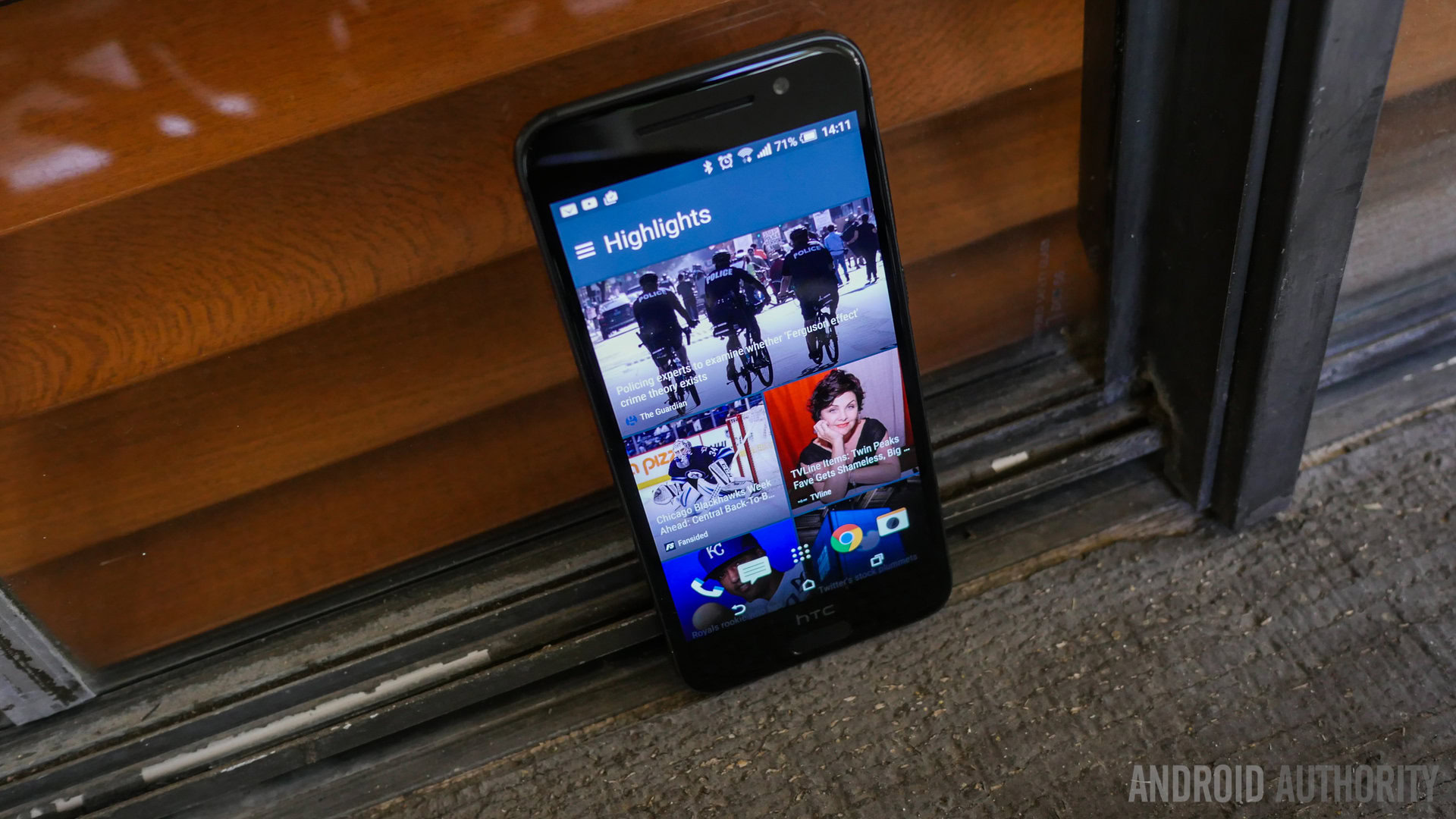
After all, Blinkfeed is still here, which we actually aren’t really complaining about this time around. It replaces what would otherwise be Google Now in Google’s own launcher. This version of Sense still features a vertically-scrolling application drawer, though it’s still paginated and doesn’t include the line of most used applications at the top. This is one of the features that we are a little perplexed didn’t make it in. If Sense is trying to be as stock-like as it can possibly be, HTCprobably should have included this handy feature.
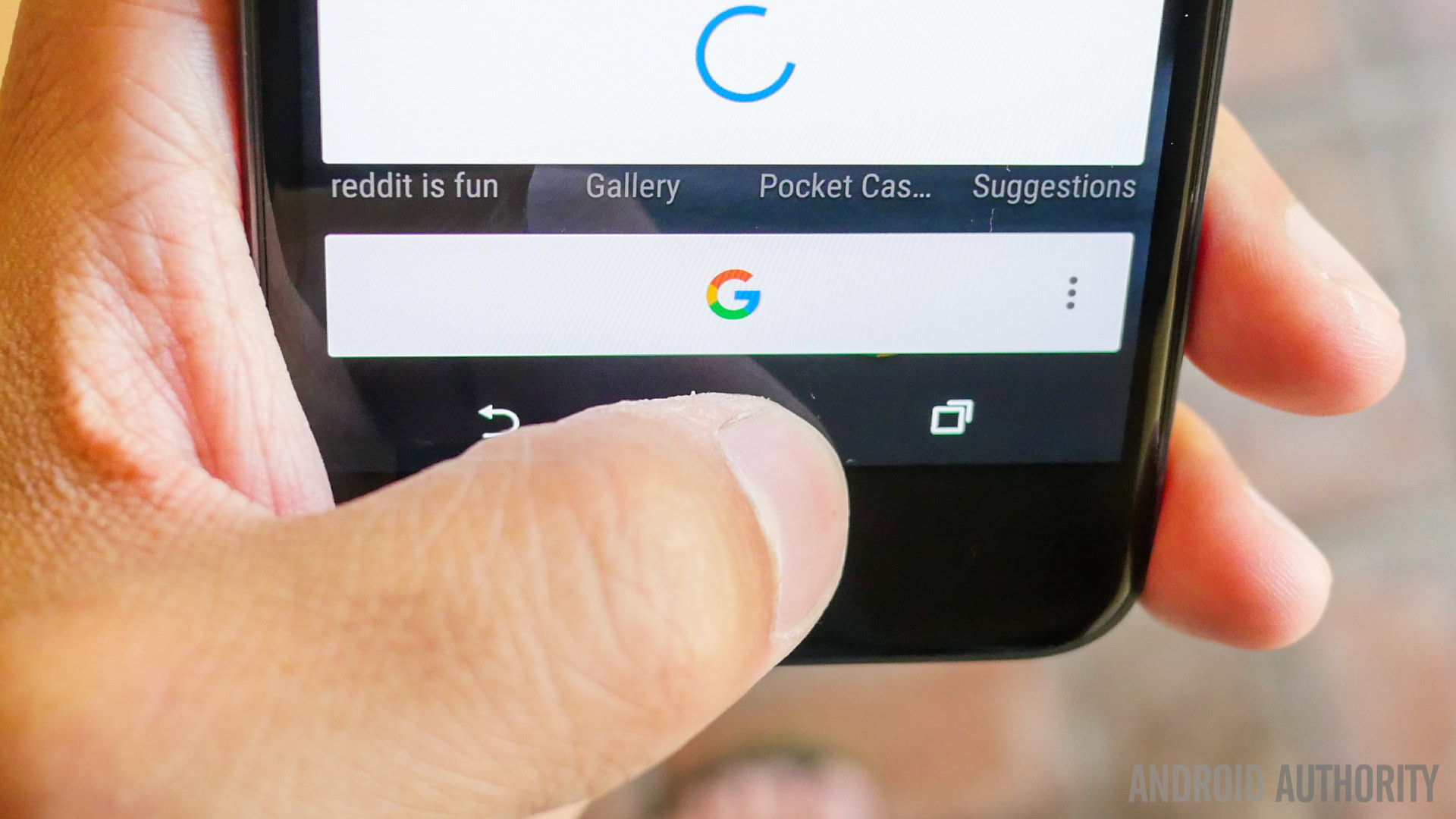
All of the major features in Marshmallow are included here, such as Doze, Google Now on Tap and the revamped permissions system. App permissions are found in the Settings menu and will chime in when key portions of the phone are first accessed by the applications. Ultimately, we’re pretty happy that Marshmallow is available out of the box. If the little things that Sense no longer has allows it to be even more easily updated in the future (as HTC claims), then we are all for it.
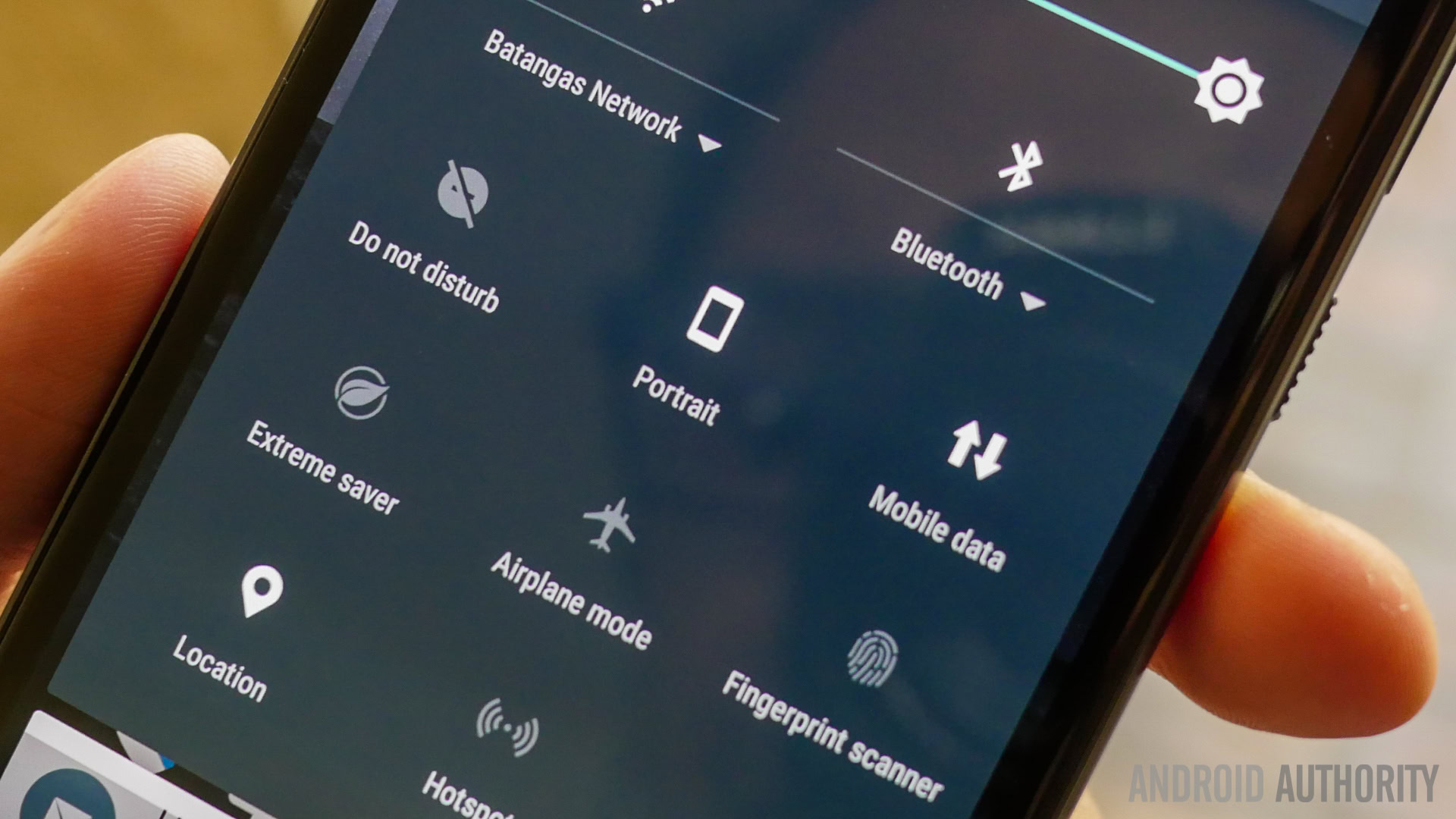
In the end, Sense still feels like Sense. If you haven’t been a fan of it in the past, you probably won’t like it now. But we’d say this is the best version of Sense yet, so you might want to give it another shot if you were on the fence.
Specifications
| HTC One A9 | |
|---|---|
Display | 5.0-inch AMOLED display 1920 x 1080 Gorilla Glass 4 |
Processor | 64-bit octa-core Qualcomm Snapdragon 617 |
RAM | 2/3GB |
Storage | 16/32GB |
MicroSD | Yes, up to 2TB |
Connectivity | Bluetooth 4.1 Wi-Fi 802.11 a/b/g/n/ac (2.4 & 5 GHz) 3.5 mm stereo audio jack micro-USB 2.0 (5-pin) port |
Fingerprint scanner | Yes |
Sound | Dolby Audio and Hi-Res Audio |
Software | Android 6.0 Marshmallow HTC Sense |
Camera | Rear: 13MP with sapphire cover lens, f/2.0 aperture, OIS Front: HTCUltraPixel, f/2.0 aperture, fixed focus |
Battery | Non-removable 2150mAh, Quick Charge 2.0 (forward compatible with Quick Charge 3.0) |
Dimensions | 145.75 x 70.8. x 7.26mm 143g |
Colors | Opal Silver, Carbon Grey, Deep Garnet, Topaz Gold |
Gallery
Pricing and final thoughts
The HTCOne A9 was originally launched with the promotional price of $399 off-contract, but that will be over soon. The price will soon go up to $499, which definitely leaves us a little perplexed.
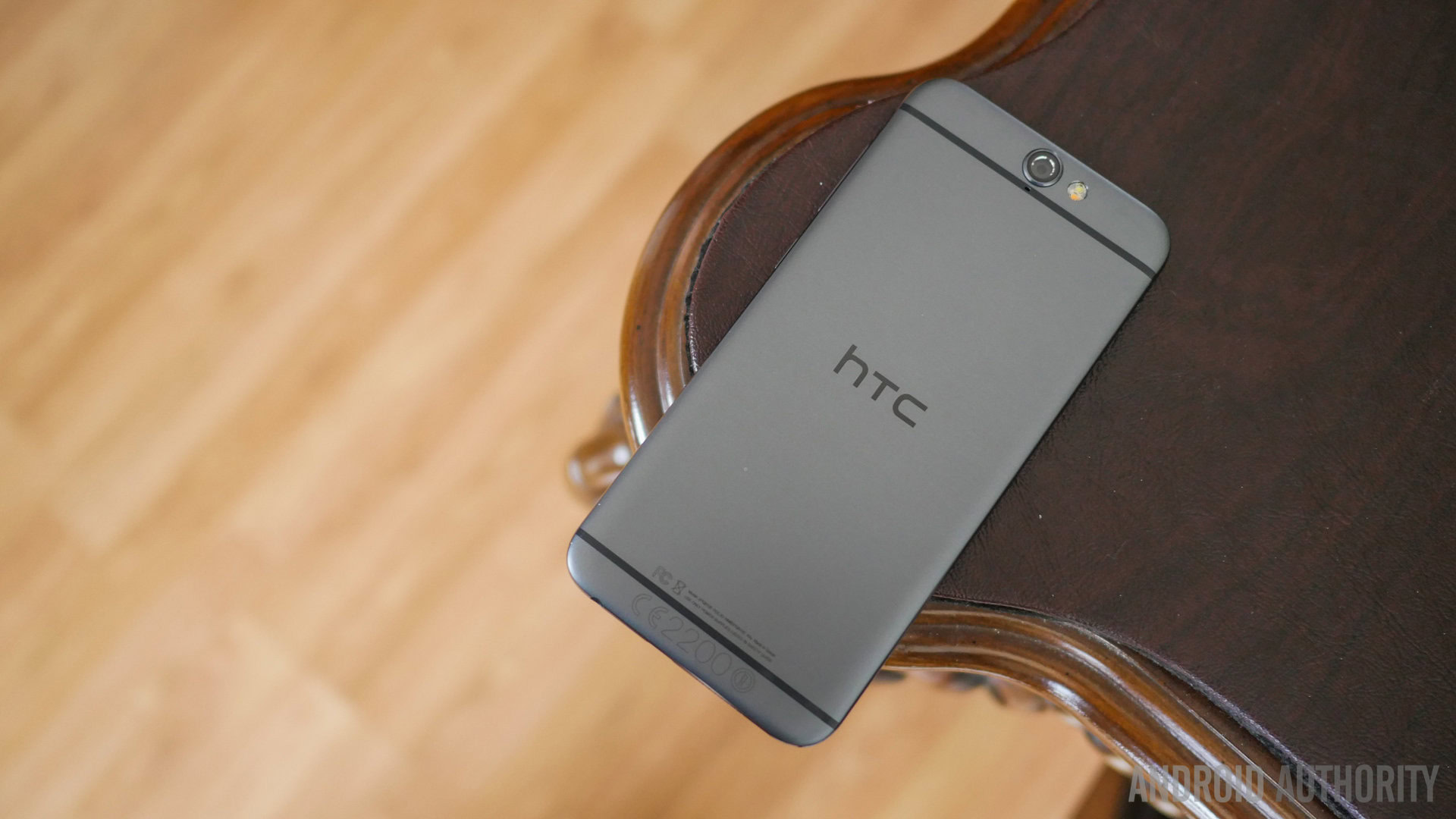
At a lower price point, this phone could actually make some waves. There’s only one way for us to describe this phone – experimental. Every company goes through an experimental phase, sure, especially after HTCdidn’t do to well with the One M9. It’s as if the company wanted to go back to the drawing board with what it thought the mass market wanted. iPhone inspiration aside, the design is in line with what a lot of users have said (in one way or another) they wanted from HTC. It has a solid and easy-to-hold build, great camera and a fast fingerprint reader, which all make for a great combination of smartphone features. But some of these additions throw a wrench into the general narrative that HTChas tried to form over the past few years.
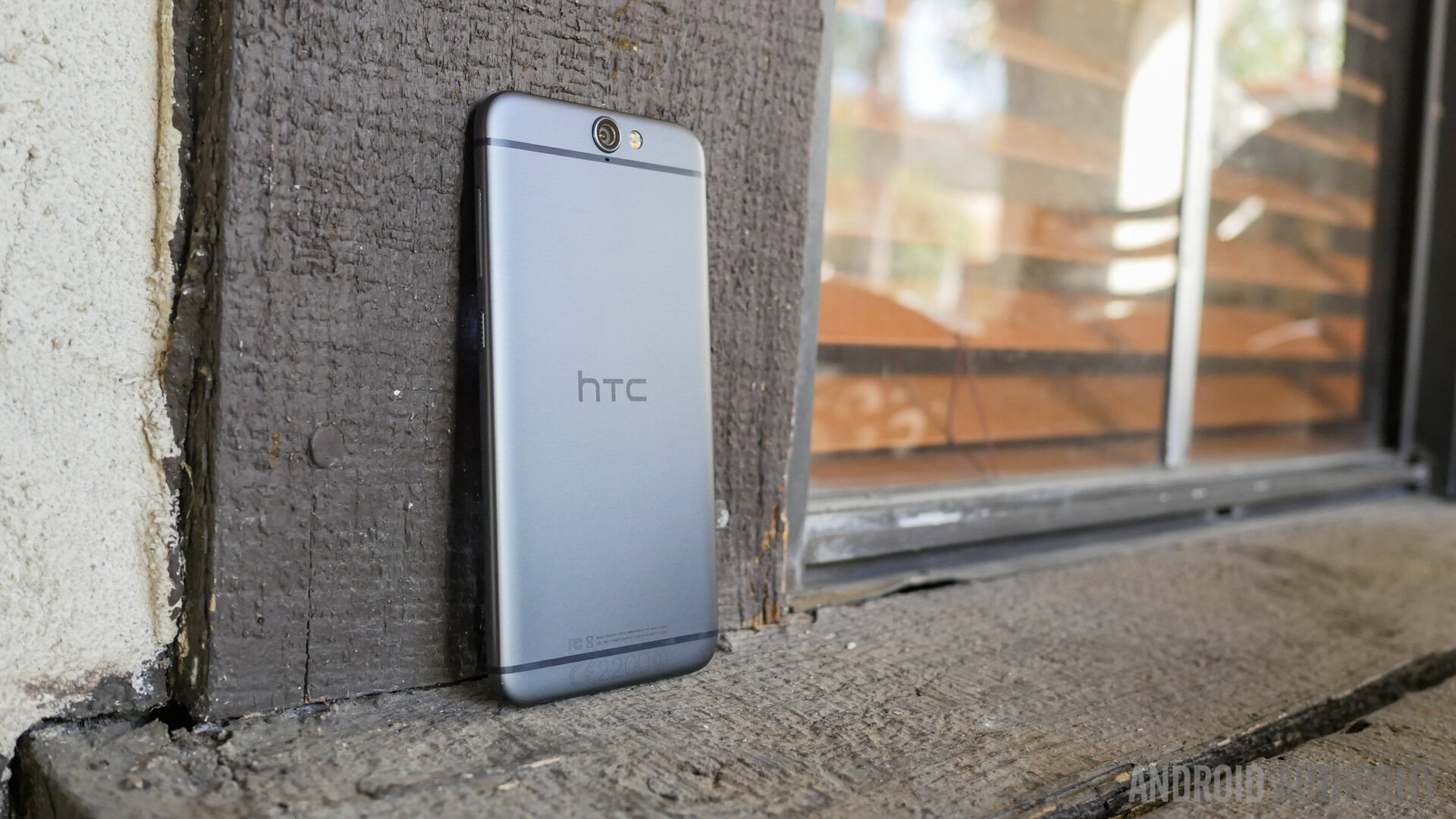
You see, this is a phone that actually gets the singular parts correct, yet still struggles find a way of actually putting them all together in a coherent way. And that craziness just might be the reason why I couldn’t stop smiling for a while as I used the A9. HTCis definitely trying here, and the price will be a big stumbling point. With that said, if the company really puts its best foot forward, we might see some great things from the next One flagship – and that’s because the One A9 was the breeding ground for all of the features and quality that may have been missing in the past.
Would I recommend this phone to everyone? No, not when we have other great flagships on the market at even better price points. But HTCloyalists can have a good time with this experimental device that addresses a number of issues they may have felt in the One M9. And the best we can hope for is that what this phone means greater things for their future.
[related_videos title=”You might also like” align=”center” type=”custom” videos=”651620,650937,651295,650057″]